Tamron 18-400 mm f/3.5-6.3 Di II VC HLD
5. Chromatic and spherical aberration
Chromatic aberration
The Tamron 18–400 mm f/3.5–6.3 Di II VC HLD doesn’t have any serious problems with the longitudinal chromatic aberration even though you can notice slight colouring of out-of-focus images. What’s interesting, the intensity of that colouring seems to increase very slightly on stopping down the aperture and is a tad lower at the maximum relative aperture.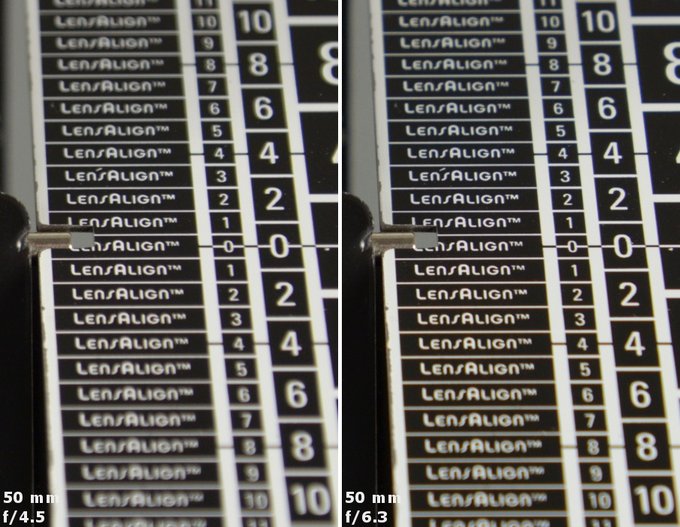 |
 |
Please Support UsIf you enjoy our reviews and articles, and you want us to continue our work please, support our website by donating through PayPal. The funds are going to be used for paying our editorial team, renting servers, and equipping our testing studio; only that way we will be able to continue providing you interesting content for free. |
- - - - - - - - - - - - - - - - - - - - - - - - - - - - - - - - - - - - - - - - - - - - - - - -
 |

You see at once there are a lot of problems. The weakest performance can be noticed at the maximum focal length, in an area close to the maximum relative aperture where the aberration level reaches a high value of over 0.2%. Significant results can be also observed at 50 mm. The 18 and 100 mm focal lengths are borderlines between a medium and high level; only the 200 mm focal length allows you to get rid of chromatic aberration problems.
The Tamron performance compares unfavourably with that of the rivals. The Sigma 18-300 mm never exceeded a level of 0.13% and the Nikkor 18-300 mm had weak results only at longer focal lengths and near the maximum relative aperture.
| Nikon D7000, RAW, 200 mm, f/8.0 | Nikon D7000, RAW, 400 mm, f/6.3 |

|

|
Spherical aberration
It would be difficult to notice any “focus shift” effect in first photos of this chapter. Still the photos of out-of-focus circles do feature some differences. Images before the focus have a darker centre and a noticeable rim; after the focus you get a lighter central area and a bit less pronounced rim. These aren’t big effects so it seems the Tamron 18-400 mm doesn’t have any serious problems with spherical aberration.
| Nikon D7000, 200 mm, f/6.0, in front of | Nikon D7000, 200 mm, f/6.0, behind |
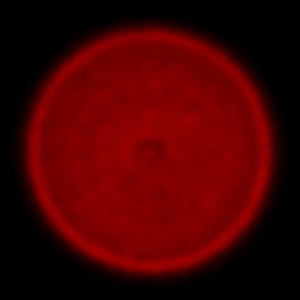
|
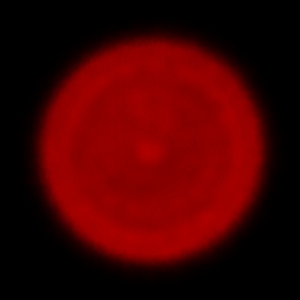
|
| Nikon D7000, 400 mm, f/6.3, in front of | Nikon D7000, 400 mm, f/6.3, behind |
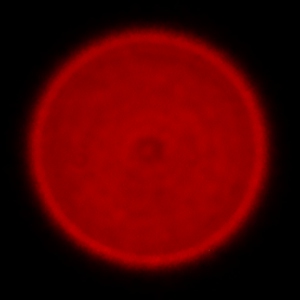
|
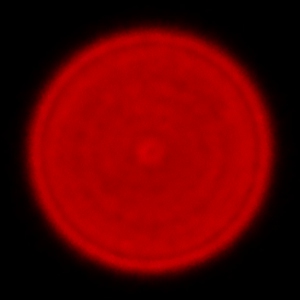
|






